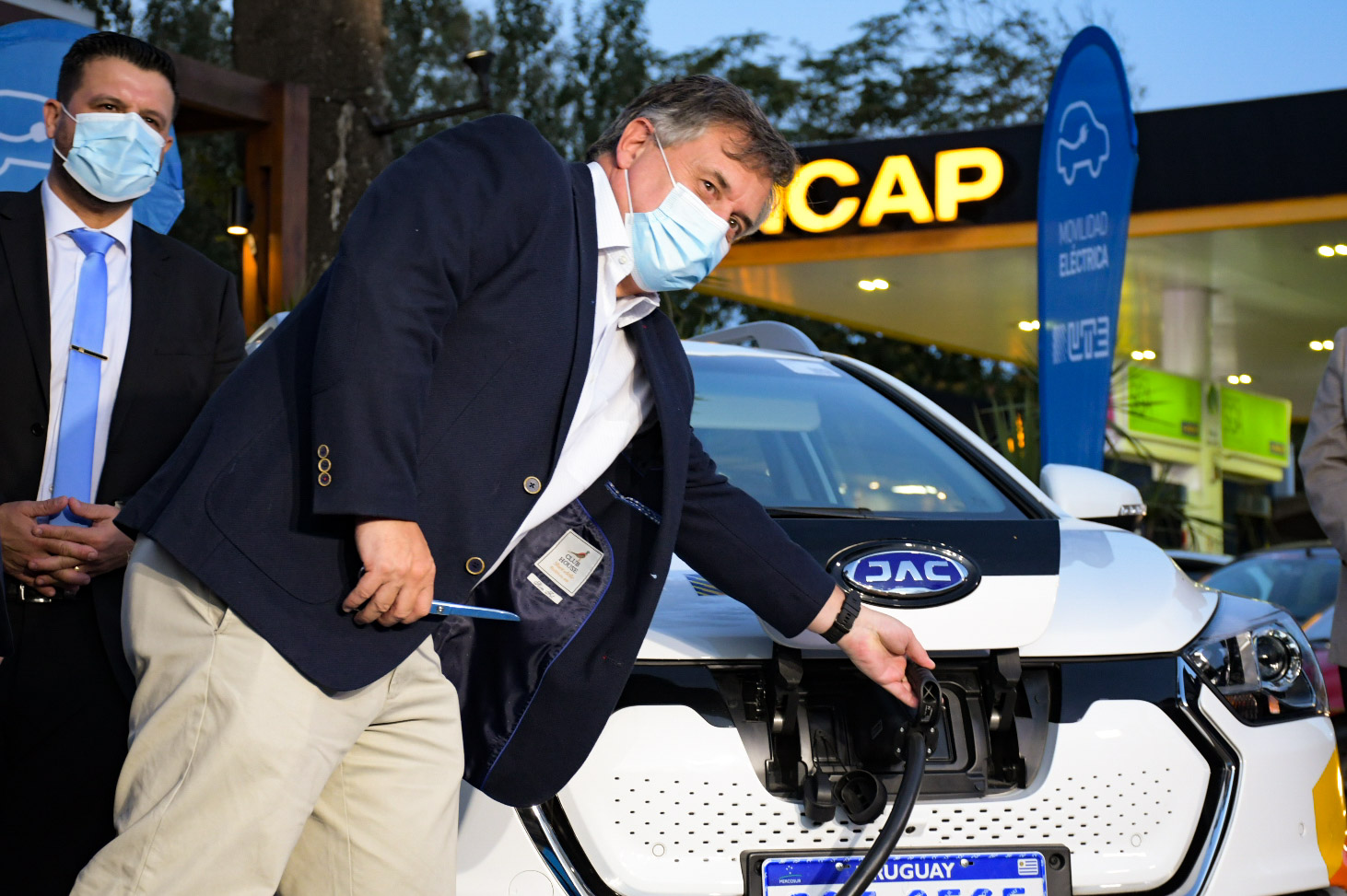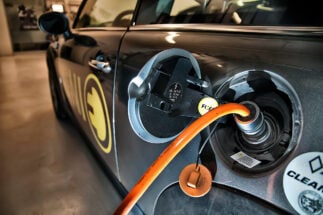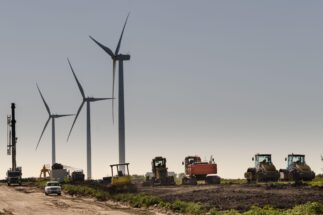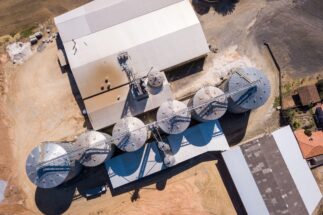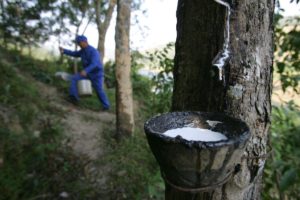Santiago Guelfi was almost forced to make the change. He had been the representative of the Chinese vehicle manufacturer BYD in Uruguay for about five years and business initially focused on combustion cars at affordable prices. They became increasingly popular, and in 2019 the company began to sell electric vehicles (EVs). This year, it stopped offering combustion vehicles altogether.
1.2%
In 2021, electric vehicles accounted for just 1.2% of vehicles sales on Uruguay’s roads
“It forced us in Uruguay to make a change in strategy,” said Guelfi, director of BYD Uruguay. By the end of 2021, BYD had a 60% share of the EV market in Uruguay, according to official figures, offering a range of models from pickups to cargo and luxury vehicles.
In 2021, EVs accounted for 1.2% of vehicle sales in the country, up from 0.5% in 2020. “It could double every year,” Guelfi said, adding that BYD now competes with several European brands in Uruguay. “If policies and incentives are maintained, supply continues to increase and a network of fast chargers is installed, the market could reach 3% soon.”
With its commitment to become carbon neutral by 2050, Uruguay wants to tackle emissions in transport and industry – something the government is describing as its “second energy transformation”. The country has made great strides in what the administration sees as the “first” stage of its transition: on average, 97% of the electricity generated between 2017 and 2020 came from renewables. For a decade, wind power has helped Uruguay achieve these impressive figures.
So how can the small South American country now reach full decarbonisation?
Electric mobility in Uruguay: costs and support
Transport accounts for two thirds of Uruguay’s oil consumption. The government’s targets for the “second energy transformation” focus on the introduction of green hydrogen for long-distance heavy transport or for export, as well as the promotion of electric mobility.
Omar Paganini, Uruguay’s Minister of Industry, Energy and Mining (MIEM) told Diálogo Chino that having a functioning green hydrogen energy pilot in the country by 2025 – the end of his government’s term – would be considered satisfactory progress. In terms of electric mobility, he expects a wide range of options and manufacturers will be available for public and private transport fleets, and at reasonable costs, in the same timeframe.
Uruguay’s electric vehicle fleet currently consists of 35 public buses in Montevideo and Canelones and one private bus, 80 taxis and other ride-hailing vehicles, 297 utility vehicles, 41 trucks and 500 sports utility vehicles (SUVs) and pick-up cars of private individuals, according to MIEM from February. Electric motorbikes, tricycles and pedal-assisted bicycles also make up part of the fleet, with their share increasing year by year.
Energy demand associated with electric transport doubled from 2018 to 2019 and once again from 2019 to 2020, according to information provided by UTE, Uruguay’s national electricity generation, transmission and distribution company. In 2020, public transport was the main consumer of energy for electric mobility (87%), followed by private users (10%) and state fleets (3%).
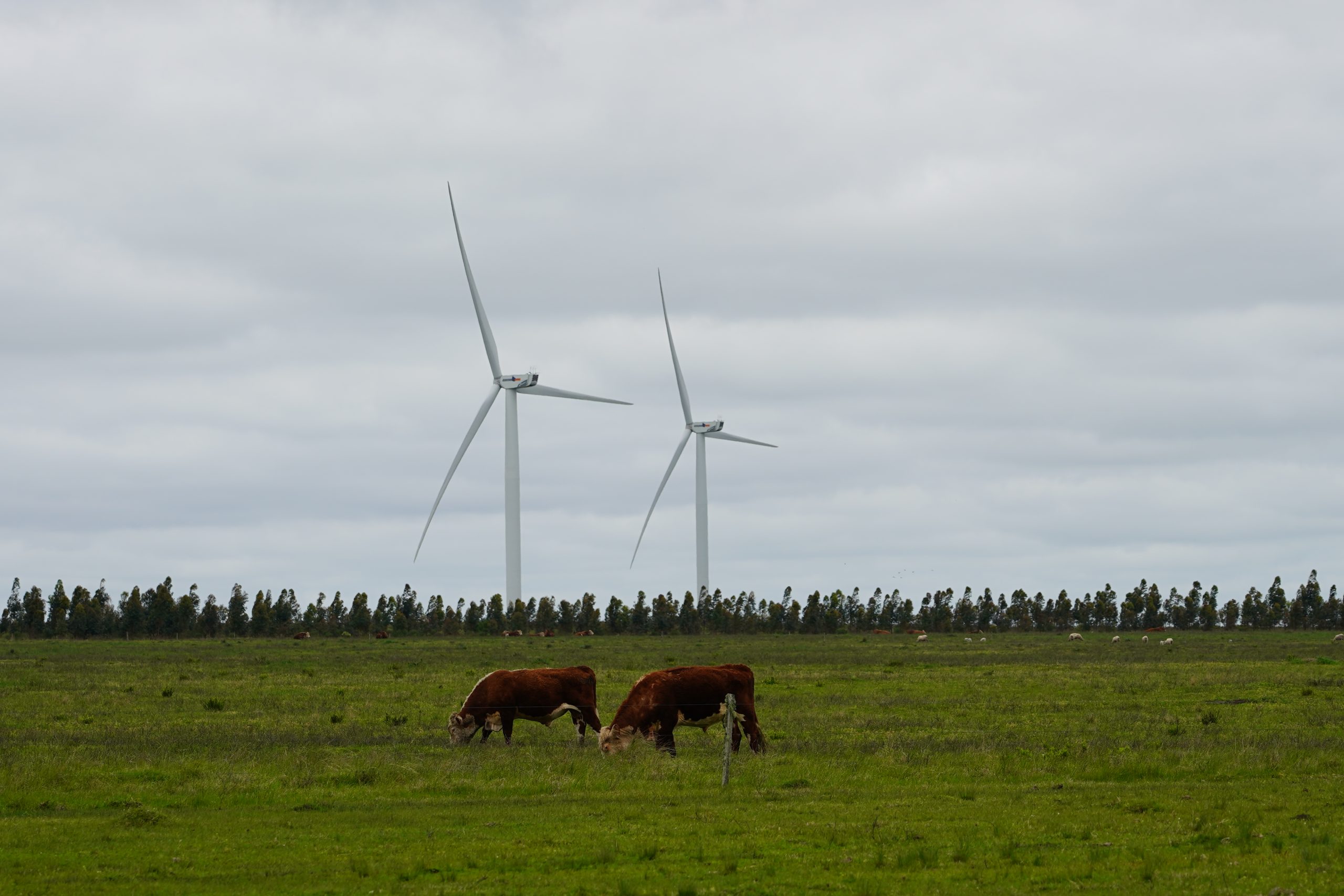
Fitzgerald Cantero, Director of Energy at MIEM, said that although EV figures seem low, Uruguay is a country of 3.5 million inhabitants and, when compared proportionally with regional leaders Chile and Colombia, these numbers are not insignificant.
On 8 March, President Luis Lacalle Pou and several ministers, including Paganini, attended a public environmental event held by Cutcsa, the country’s largest public transport company, where it announced a goal to operate an entirely electric bus fleet by 2040.
The government will be “more committed” to greening public transport, an area which is already being subsidised, Paganini said. During the first half of 2022, it will develop a mechanism to redirect or complement support for electric mobility. As for private transport, “We can move forward by eliminating the tax burden, but not much more,” he said.
UTE is also working to extend the electric charger network for public and private vehicles, with the objective of having a charging point every 50 kilometres by the end of 2022. As of March 2022, there are 136 charging points nationwide, distributed across 19 administrative departments. The highest concentration is in the south, around the capital, Montevideo.
UTE has played a key role during Uruguay’s transition to renewable energy, by signing power purchase commitments with wind farms that were installed with private investment. Now the utility has electric mobility and hydrogen on its agenda.
“Our great challenge is to facilitate the second energy transformation through the decarbonisation of transport, through the use of electric vehicles and the incorporation of green hydrogen to replace oil and its derivatives,” Silvia Emaldi, president of UTE, told Diálogo Chino.
Elsewhere, private individuals or companies could also install chargers and sell charging time, even offering it as a benefit to customers. For example, a restaurant can place one in its car park and offer free charging to its diners. As could a parking service. “We set clear rules of the game and give freedom for the private sector to develop, and that is very important,” MIEM’s Cantero said.
Government plans also include improvements to mobile phone applications that serve EV users. For Cantero, this could include not only providing information to users on the location of the nearest charging stations, which UTE’s app already offers, but also their availability and options to reserve a charging time. This service would not only cater to Uruguayans but tourists too.
Electric motorbikes
Motorbikes are an important means of transport for the inland population of Uruguay. The “Subite” plan – its name roughly meaning “Get onboard” – announced in December 2021, is the National Energy Directorate’s top initiative to promote the purchase of 1,000 electric motorbikes and 100 electric tricycles in five departments in the north of the country (Salto, Artigas, Rivera, Paysandú and Tacuarembó).
Cantero said that several departmental governments not included in the plan have also asked to join. Yet, there are significant hurdles, including the number of mechanics who can fix these vehicles and their infrastructure. He stressed that the need for mechanics to retrain is increasing, and must begin soon.
Training in electric vehicle mechanics is one of the needs that is emerging in the electric mobility ecosystem
Between 2020 and 2021, the country’s Renewable Energy Operation and Maintenance Training Centre (CEFOMER) held four editions of its electric mobility service course, and enrolments exceeded the available places.
“We teach them everything they need to take into account because there are different procedures, safety considerations and other components of an electric vehicle,” said Nicolás Castromán, coordinator of CEFOMER. “Training in electric vehicle mechanics is one of the needs that is emerging in the electric mobility ecosystem.”
Green hydrogen in Uruguay
Hydrogen gas can be produced from water, by separating its hydrogen and oxygen molecules through electrolysis. To qualify as ‘green’ the electricity generated must come solely from renewable sources. This is another axis of the “second stage” of Uruguay’s energy transition, which envisages projects to produce hydrogen for both domestic use, including in transport, and for export.
Four ministries – of industry, economy, environment and transport – alongside UTE, public fuel company ANCAP and the National Ports Administration make up Uruguay’s “hydrogen working group”. Hydrogen is “the fuel of the future”, and UTE and the government see it as “a good opportunity for Latin America”, according to UTE’s Emaldi.
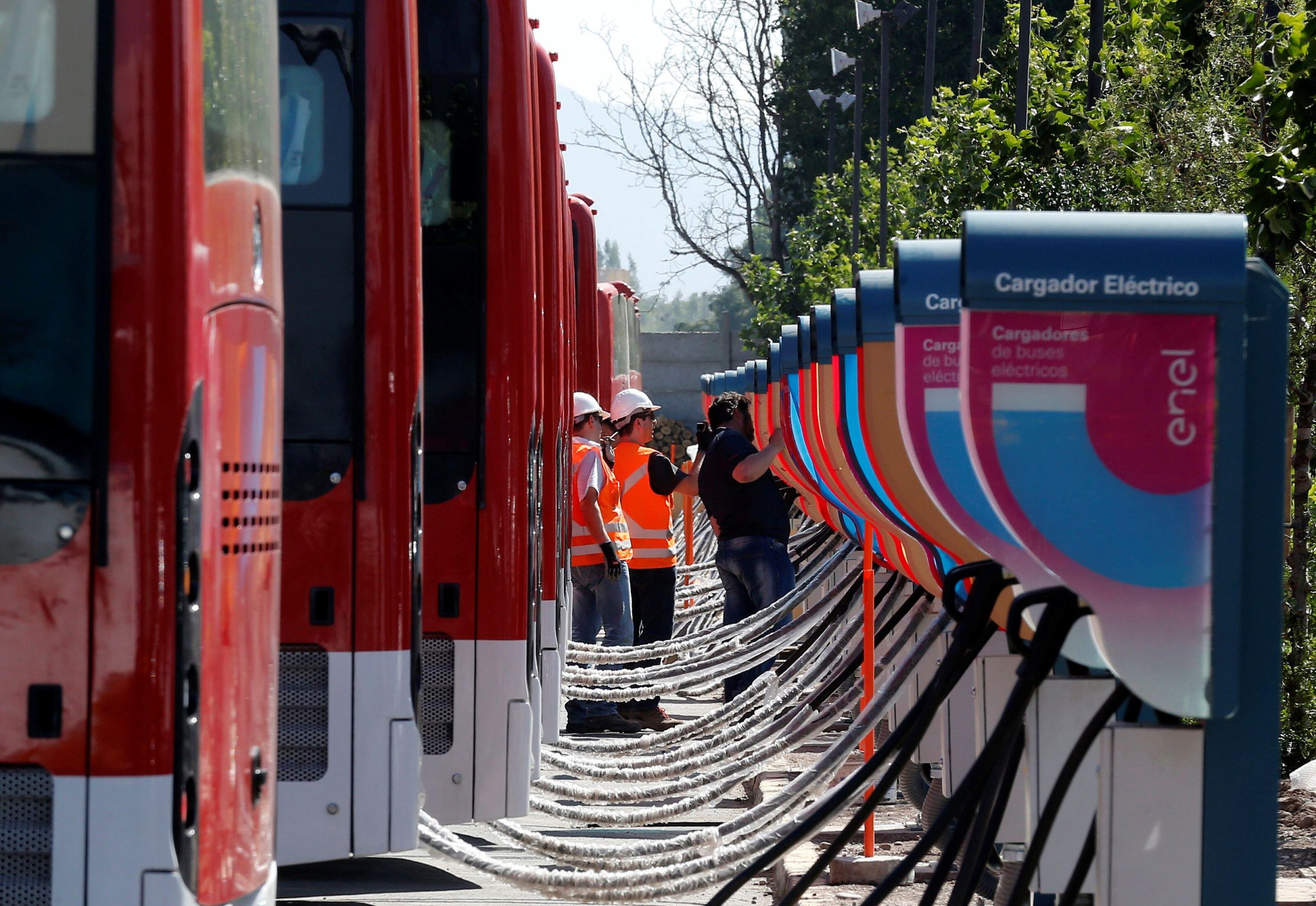
Uruguay had explored the use of hydrogen in energy systems under the previous, left-wing Frente Amplio government, but the current right-wing National Party administration decided to give “a couple of twists” to the plan, Paganini said. One was to involve more private capital for such a “high-risk” development. However, there are still several question marks about the sector’s development, he added.
“Projects of hundreds of gigawatts are too big for Uruguay, from the point of view of local demand, not from that of production capacity. So, we immediately began to look at a possible path of export or integration into the world [market],” Paganini said. Uruguay can already meet its energy demand with domestic generation, and even has annual surpluses that it exports.
In 2021, Uruguay exported 2,200 megawatt-hours (MWh) to Brazil and 627 MWh to Argentina, according to MIEM data. In 2020, 20.2% of energy generated was exported. “For real transformation, Uruguay needs a larger project that has to be an exporter,” Paganini said.
Paganini hopes to identify the first pilot hydrogen project for export by 2025. There will also be a second project targeted towards local demand. This could serve a hydrogen-based truck fleet. He hopes that, with investments, Uruguay will be part of a global green hydrogen market.
In Uruguay, investors are now also able to receive certification that their hydrogen was produced with renewable energy sources. In January, UTE presented a certification system based on blockchain technology that guarantees the origin of the energy generated.
Emaldi said this system represents a “valuable attribute” for attracting new investment, adding to those that Uruguay already has, “such as its legal framework, public policies and financial stability”.
